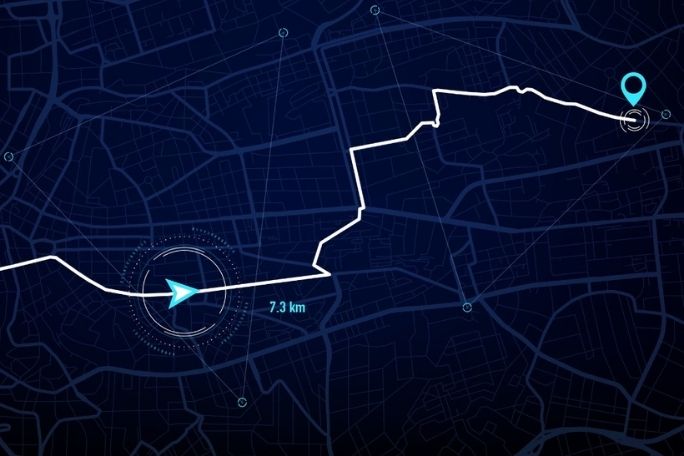Lesson Summary
Students investigate and evaluate products that detect and minimise the effects of natural hazards. Students will design and develop a system that detects, prevents or protects a community from natural hazards.
Learning Intentions:
Students will...
- discover how technology helps communities protect and avoid natural disasters and the importance of various forms of communication, both human and digital, to keep communities informed and save lives.
Success Criteria:
Students can...
- use critical and creative thinking to suggest new ways to avoid and prevent disaster.
- identify new innovations that have occurred around technologies and natural disasters.
- propose solutions using design and technology that help community resilience.
Lesson guides and printables
Lesson details
Curriculum Mapping
Australian Curriculum content descriptions:
Year 7 & 8 Design and Technologies:
- Analyse how people in design and technologies occupations consider ethical and sustainability factors to design and produce products, services and environments (AC9TDE8K01).
Syllabus outcomes: T4.1.2.
General capabilities: Literacy, Critical and Creative Thinking.
Cross-curriculum priority: Sustainability.
Relevant parts of Year 7 & 8 achievement standards: By the end of Year 8, students explain factors that influence the design of products, services and environments to meet present and future needs. They explain the contribution of design and technology innovations and enterprise to society. Students explain how the features of technologies impact on designed solutions and influence design decisions for each of the prescribed technologies contexts.
Level of teacher scaffolding: Medium – The teacher will be expected to facilitate conversation and help students undergo a design process to create the warning system.
Resources Required
- A device capable of presenting a video to the class
- Student Worksheets – one copy per student
Skills
This lesson is designed to build students’ competencies in the following skills:
- Communication
- Critical thinking
- Creativity
- Digital Literacy
- Enterprise
- Flexibility
- Global Citizenship
- Problem Solving
- Collaboration
Additional Info
We encourage you to undertake the free PD Course How to teach a unit on fire and flood resilience for tips on how to best deliver this lesson.
If you’re concerned about the challenging nature of these topics, consider the free PD Course How to approach trauma in the classroom for information on how best to support your students.
This lesson was made in partnership with
Minderoo Foundation (www.minderoo.org)


Welcome back!
Don't have an account yet?
Log in with:
By signing up to Cool.org you consent and agree to Cool's privacy policy to
store, manage and process your personal information. To read more, please see
our privacy policy here(Opens in new tab).
Create your free Cool.org account.
Many of our resources are free, with an option to upgrade to Cool+ for premium content.
Already have an account?
Sign up with:
By signing up to Cool.org you consent and agree to Cool's privacy policy to
store, manage and process your personal information. To read more, please see
our privacy policy here(Opens in new tab).